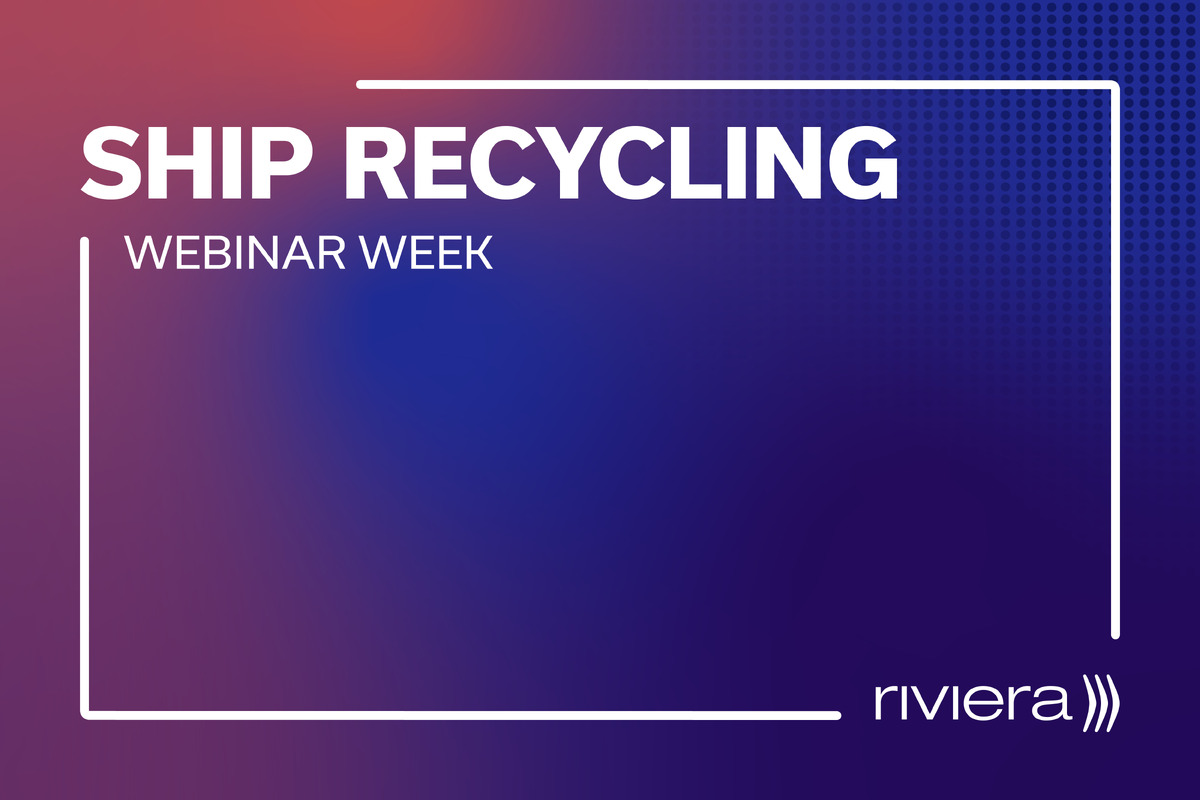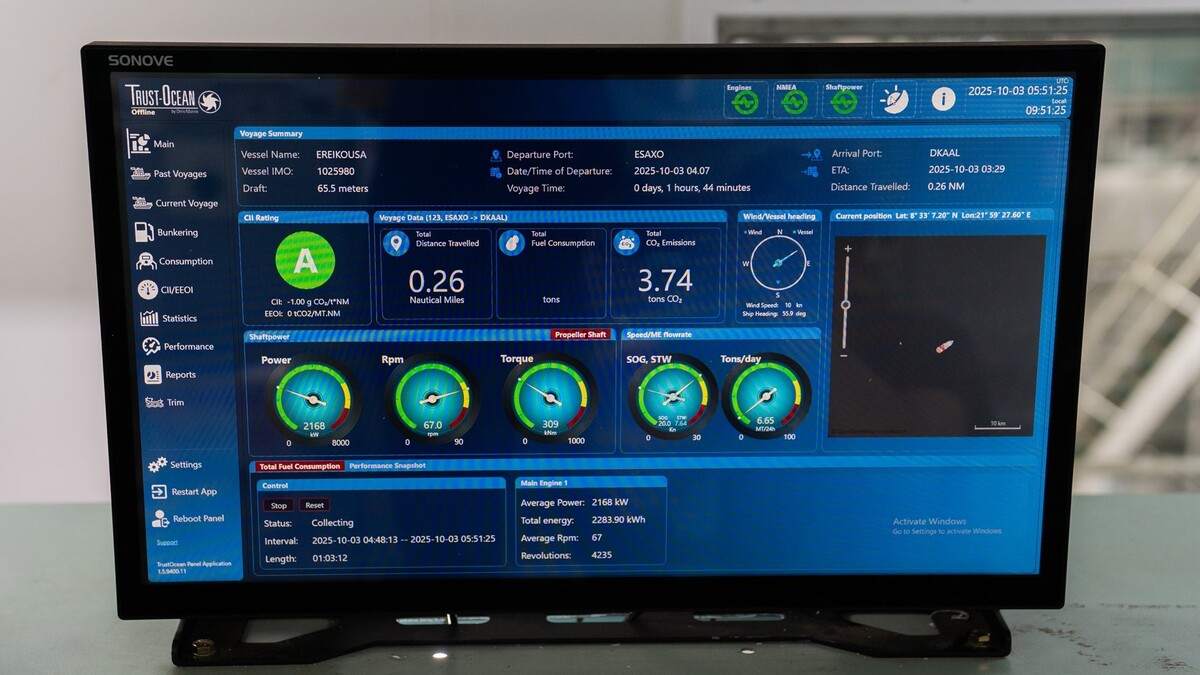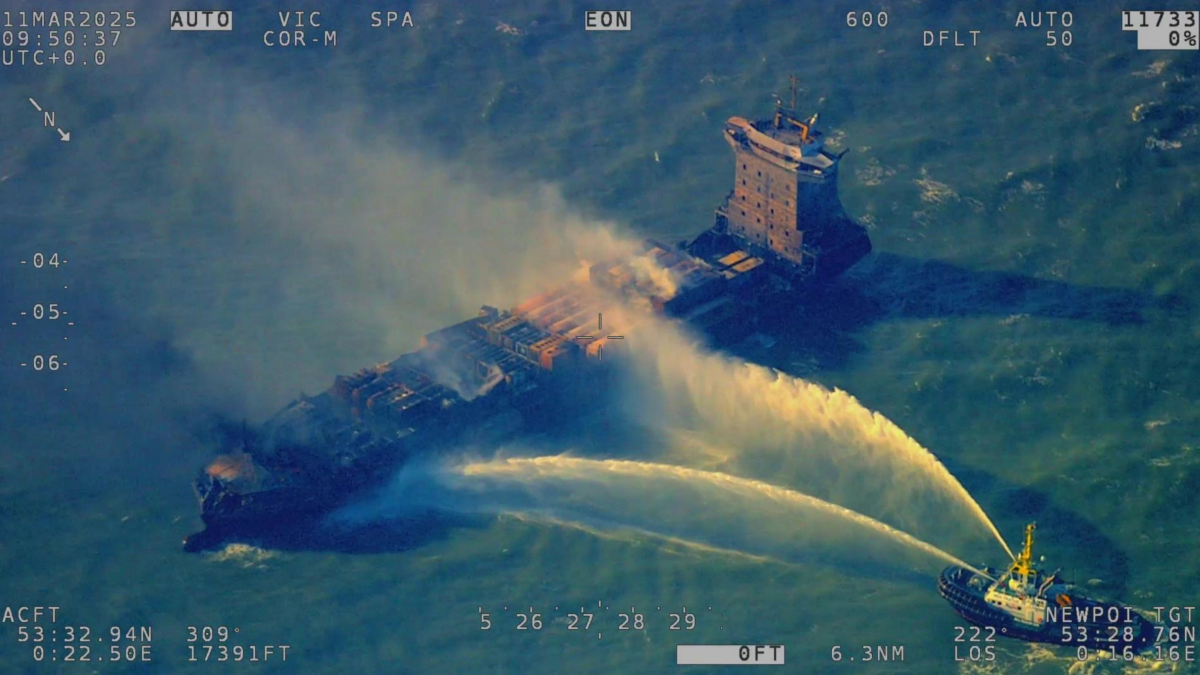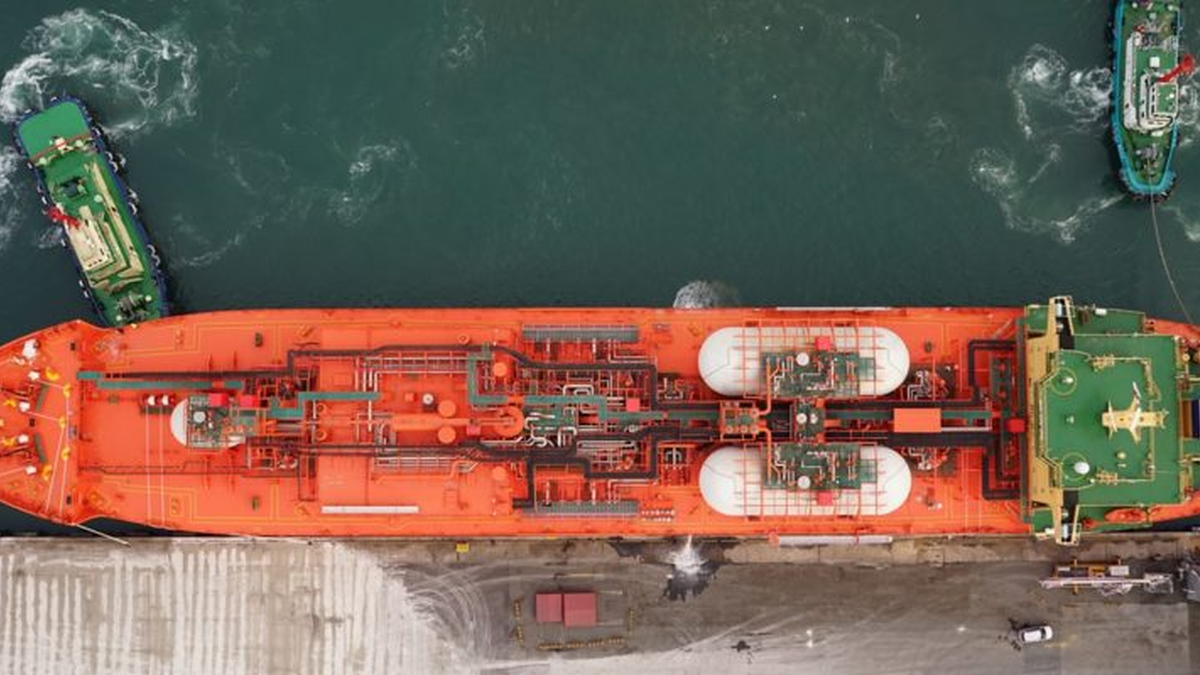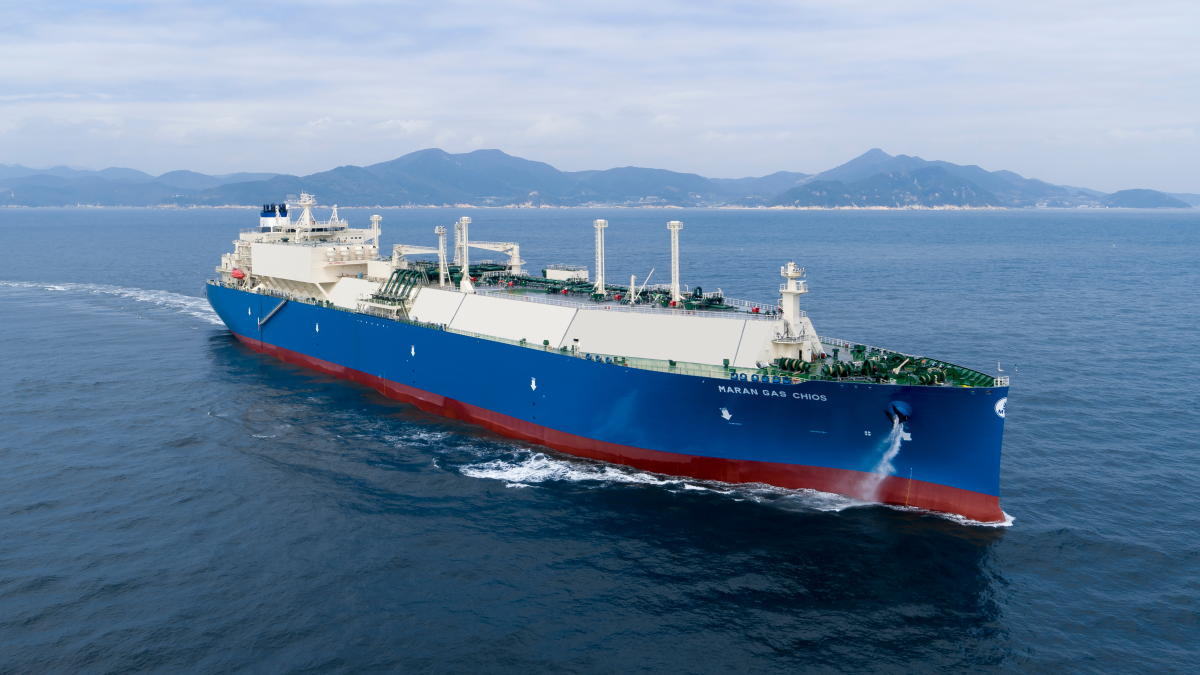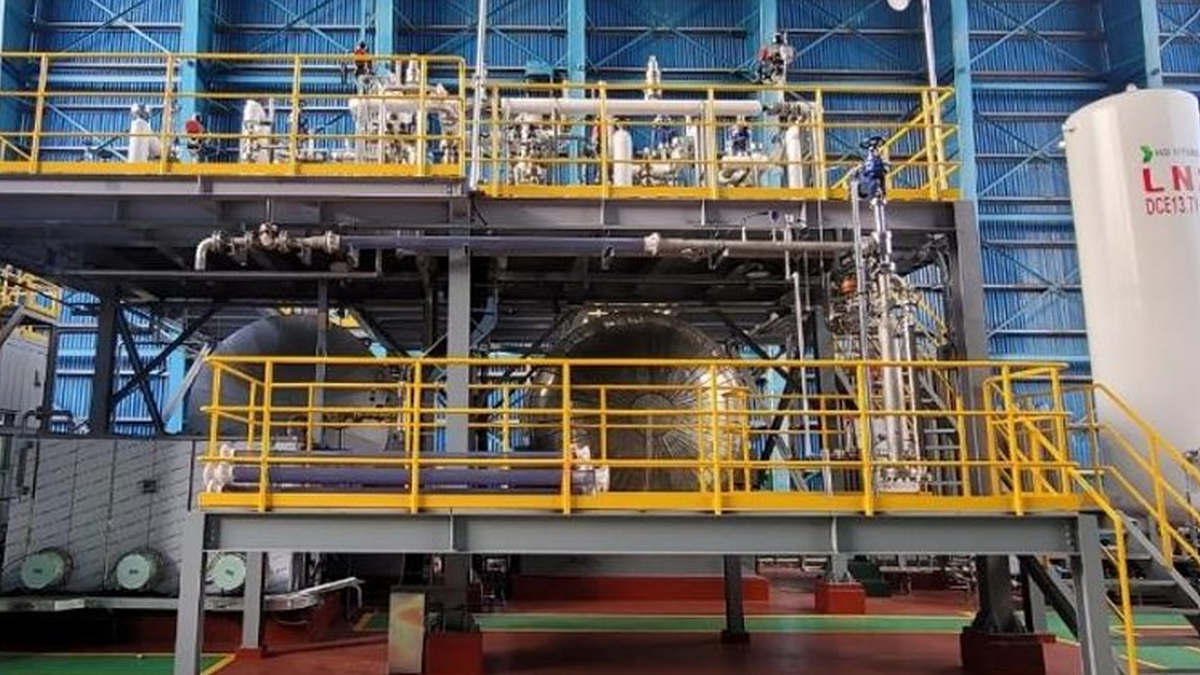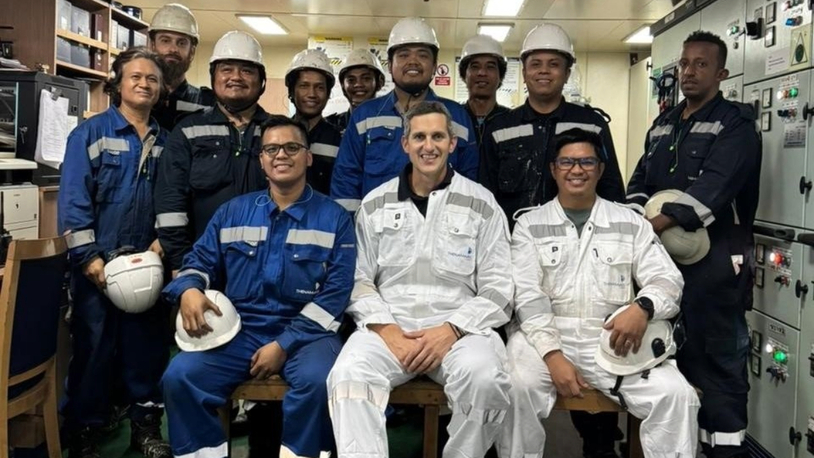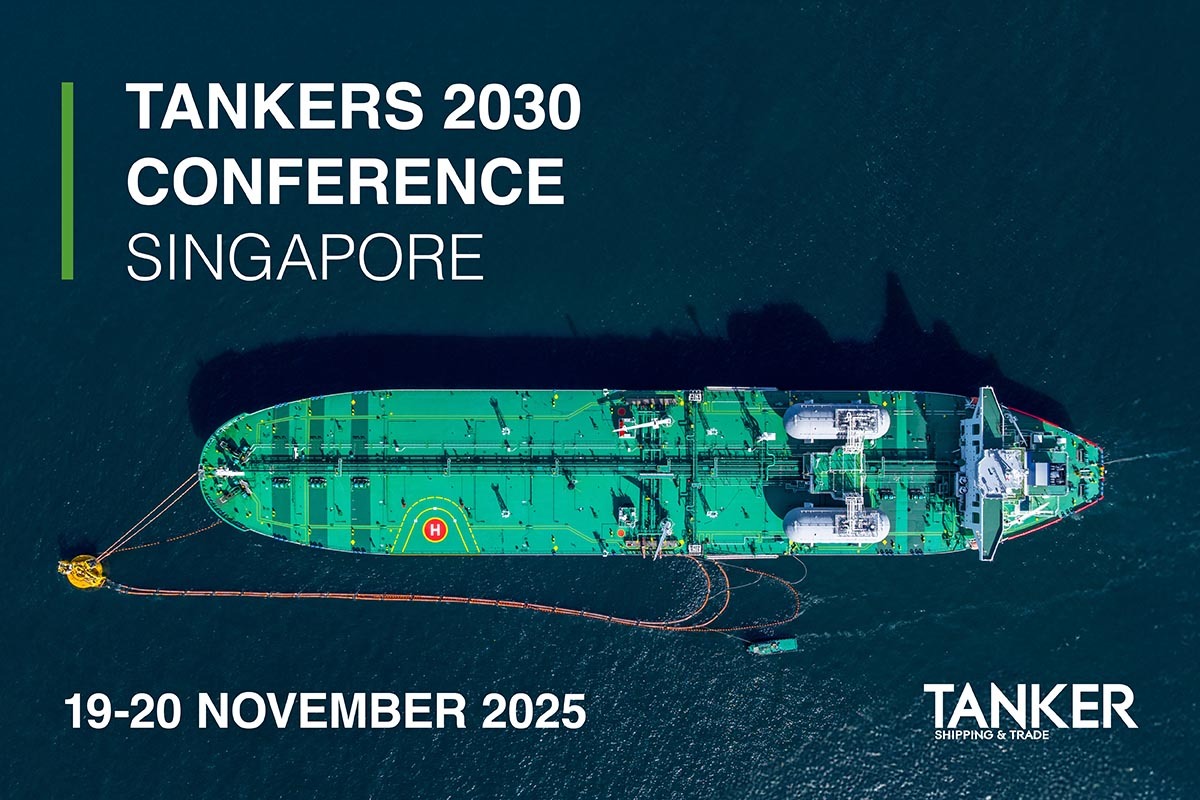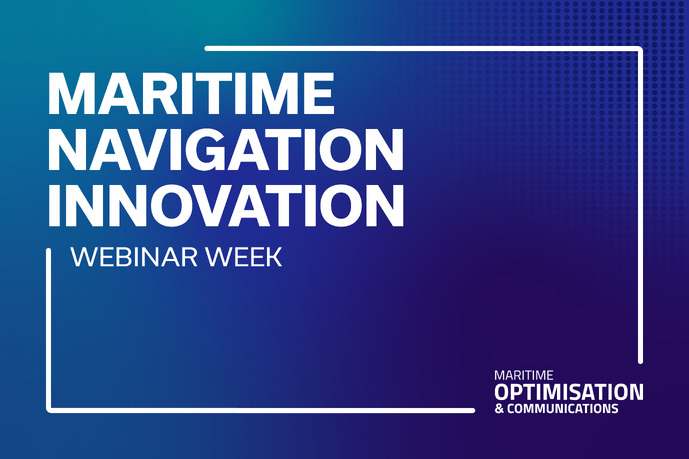Business Sectors
Events
Ship Recycling Webinar Week
Contents
UK vessel fires: Russian captain of Solong arrested, 'uncertain' amount of jet fuel spilled
Salvage planning, environmental response and investigations are underway after an explosive collision between a Stena Bulk MR tanker full of jet fuel and a Portugal-flagged container feeder vessel off the UK’s east coast
The response to a ship-to-ship collision in which a smaller container vessel struck a large MR tanker off the coast of the UK’s Yorkshire and The Humber region has entered its third day.
The captain of container feeder vessel Solong, a Russian national, has been taken into custody in connection with the incident, according to the Humberside police and the vessel’s owners.
A statement from German shipowning and management company Ernst Russ identified the arrested man as well as the nationalities of the remaining vessel’s crew.
"Ernst Russ can confirm that the master of the container ship Solong has been detained by Humberside police in the UK. The master and our entire team are actively assisting with the investigations. Ernst Russ confirms the master of Solong is a Russian national and the rest of the crew are a mix of Russian and Filipino nationals," the shipmanager said.
One crewmember from the vessel remains missing and is thought to have died, with the search called off on 11 March, and the Humberside police have arrested Solong’s captain in relation to incident and the suspected death.
“Following enquiries undertaken by my team, we have arrested a 59-year-old man on suspicion of gross negligence manslaughter in connection with the collision, this follows the conclusion of search operations by HM Coastguard for the missing crew member of Solong," Humberside police senior investigating officer, detective chief superintendent Craig Nicholson said. “The man arrested remains in custody at this time while enquiries are underway, and we continue speaking with all those involved to establish the full circumstances of the incident.”
The police force expressed its sympathy for the family of the missing crew member and again confirmed that the UK’s Marine Accident Investigations Branch (MAIB) are spearheading the preliminary assessment into the technical causes of the collision.
While some media reports have cited a port state control (PSC) violation Solong received for a deficiency of its ’emergency steering position communications/compass’, the vessel received the deficiency citation during a PSC inspection in Ireland on 2 July 2024, more than eight months prior to the incident with Stena Immaculate. According to the Equasis database, the PSC inspection in Ireland was followed by another PSC inspection under the Paris MOU in the UK on 6 October 2024, which did not cite the vessel for a deficiency in its emergency steering system.

Environmental response and impacts from vessel cargo
With both vessels still on fire, the potential environmental impacts from the incident come from multiple sources including the burning or spillage of the cargo of the MR tanker and the same for the cargo in the containers on board the container feeder vessel, as well as from the burning of the vessels and the burning or spillage of the fuel in their tanks.
Several reports have stated that the container feeder vessel Solong had up to 15 containers carrying sodium cyanide on board. However, a statement from Germany-based Solong shipowner Ernst Russ said the extremely volatile and highly toxic substance – potentially deadly and reactive to both air and water – was not on board the vessel. The company has not yet provided additional information regarding the cargo on board Solong. While a manifest would give a good indication of what the vessel is carrying, container contents are not always accurate. But the make-up of cargo on board Solong is certainly more varied than on the MR tanker.
Stena Immaculate is carrying a cargo of some 220,000 barrels of jet A1 fuel under charter for the US government, according to Crowley, a privately held, US-owned and operated logistics and maritime services company headquartered in Jacksonville, Florida.
The 49,729-dwt MR tanker Stena Immaculate is part of a joint venture betwen Stena Bulk and Crowley in the US. It is one of three Crowley-managed tankers to have been chosen by the US Maritime Administration (MARAD) for the US’ 10-vessel Tanker Security Program, which aims to "ensure efficient transport during critical periods" for US national defence purposes. Under the programme terms, the three tankers are able to operate on commercial contracts internationally but can be chartered on a short-term basis to serve the US government’s operations.
Crowley, which is the shipmanager and cargo owner on the vessel’s current charter, for the US Military Sealift Command, a US Department of Defense transport agency, has stated that "It remains uncertain at this time what volume of fuel may have been released as a result of the incident, but initial review shows impacts have been limited due to exposure to the fire and evaporation of the jet A1 fuel."
The company said it is "prioritising" support efforts toward both the vessel’s crew and "the response effort to mitigate environmental threats" and that measurements by UK agencies monitoring air quality and potential threats to public health impacts on shore are "low or within normal levels".
The latest updates on the two vessels from the UK’s HM Coastguard, which is providing regular updates on the multi-agency response in the UK to the two-vessel crash, said that the two vessels have separated after becoming entwined in Stena Immaculate’s anchor line for an extended period following the collision and resultant fire. The Coastguard also said salvage plans are being drawn up in coordination with the separate salvage companies engaged by each of the two vessel owners.
“There have been no further reports of pollution to the sea from either vessel beyond what was observed during the initial incident. HM Coastguard’s counter pollution and salvage team has a comprehensive counter pollution response in place should it be required. Salvors also have equipment and personnel ready to respond to any pollution," Maritime and Coastguard Agency Chief Executive Virginia McVea said, citing the agency’s objective to protect the public and the environment "to the best of our ability, during this ongoing incident response".
In the immediate aftermath of the event, reports cited agency expectations that the two vessels would ultimately sink, but that worry has abated somewhat, as have the fires on board the vessels.
The MCA said that Solong is being held in a safe position offshore by a tug and that additional support vessels remain in the ship’s immediate vicinity.
"This morning’s (12 March) assessment shows the fires on board the ship have greatly reduced in their extent and intensity," the MCA said.
Stena Immaculate is anchored, with safety tugs in position to respond, if necessary, and the MCA said an assessment team may board the vessel on 12 March.
"There are no visible flames on board and an on-board assessment may be carried out later today. Salvors will only board the vessels when it is safe to do so. Only then will it be possible to carry out comprehensive damage assessments," the Coastguard said.
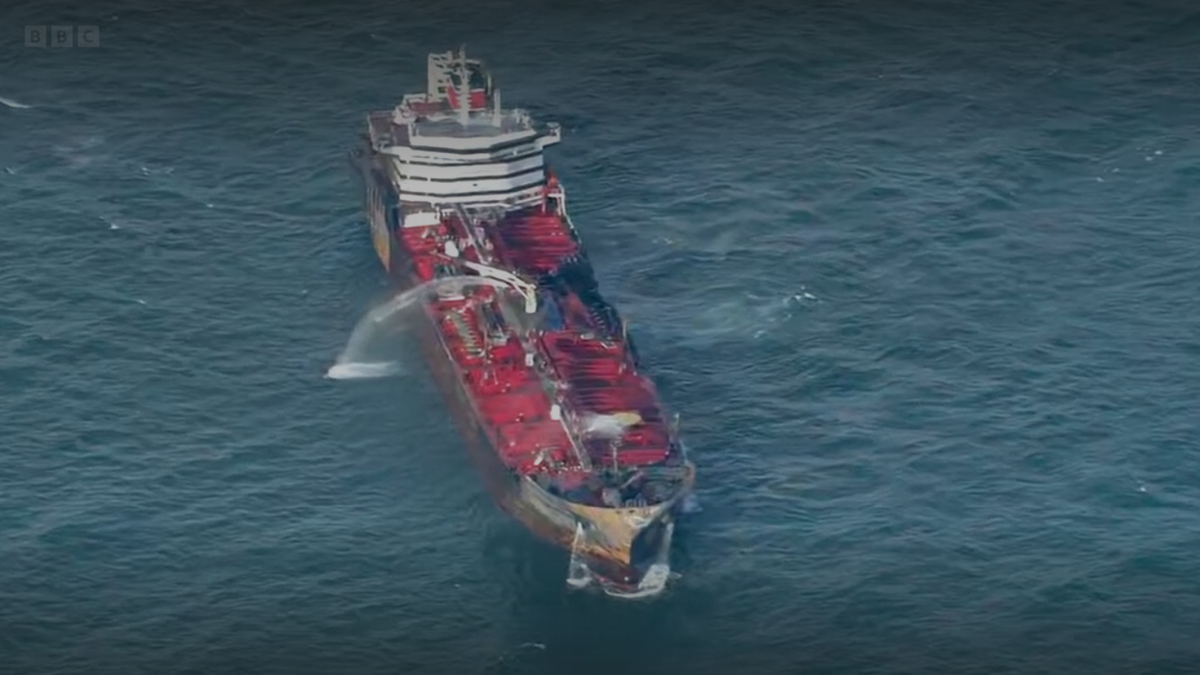
Potential environmental impacts of jet A1 fuel and the ecosystem of the Humber estuary
The US government’s National Oceanic and Atmospheric Administration (NOAA)’s Emergency Response Division in the Office of Response and Restoration has, in the past, summarised the potential environmental impacts from a kerosene or jet fuel spill of the type Stena Immaculate was carrying as cargo.
NOAA said these types of highly refined kerosene fuels used in commercial and general aviation turbine engines are light refined fuels with low viscosities, "meaning that, when spilled on open water, most of the oil will evaporate or naturally disperse within a day or less".
"Thus, seldom is there any oil on the surface for responders to recover from open water. These oils are much lighter than water," NOAA said, noting kerosene and jet fuels are "virtually clear and extremely difficult to see on the water".
However, the summary said in spillages where larger amounts of oil soak into wetland soils to "expect high mortality of animals and plants".
"The rapid loss by evaporation for spills to open water reduces the exposure to aquatic organisms, thus fish kills are seldom reported," NOAA said. "Aquatic organisms that come in direct contact with naturally dispersed and entrained jet fuel in the water column may be killed."
NOAA’s summary goes on to say kerosene-type fuels are completely degraded by naturally occurring microbes, under timeframes of one to two months when there is sufficient oxygen present but fuel that has penetrated to 30 cm in sandy soils can take more than 18 months to degrade.
The Humber Estuary’s sediment, according to the Humber Nature Partnership, "is vital for the estuary’s function and every tide carries over 1,500 tonnes. It is estimated that up to 1.26M tonnes of sediment may be present in the water in the estuary. The deposited sediments maintain the estuary’s important habitats such as mudflats, sandflats and saltmarsh. The Humber supports a rich variety of habitats and species and is recognised as one of the most important estuaries in Europe for overwintering birds".
UK waters are the ’top global location’ for shipping incidents in past 10 years
Insurer Allianz Commercial has compiled statistics covering the location and the frequency of maritime incidents.
The company said UK waters are "the top global location for the most shipping incidents over the past decade, with 5,279 incidents reported on vessels over 100 gt, accounting for close to 20% of the 28,000 shipping incidents reported around the world during this time".
Globally, the firm said the majority of shipping incidents have been caused by machinery damage or failure during the past 10 years (11,506). However, collision with other vessels ranks second (3,014), followed by wrecked/stranded (2,808) and contact with port infrastructure (1,916).
"An average of three vessels a year globally (over 100 gt) have been lost over the past decade due to collisions with other vessels: 30 in total between 2014 and end of 2023. It is the fifth top cause of total loss of vessels," Allianz Commercial said. "Collision with another vessel accounts for around 4% of the 729 total losses of vessels reported over the past decade."
Riviera’s International Chemical & Product Tanker Conference will be held in London, 23 April 2025. Click here for more information on this industry-leading event.
Related to this Story
Events
Ship Recycling Webinar Week
International Bulk Shipping Conference 2025
Tankers 2030 Conference
Maritime Navigation Innovation Webinar Week
© 2024 Riviera Maritime Media Ltd.
